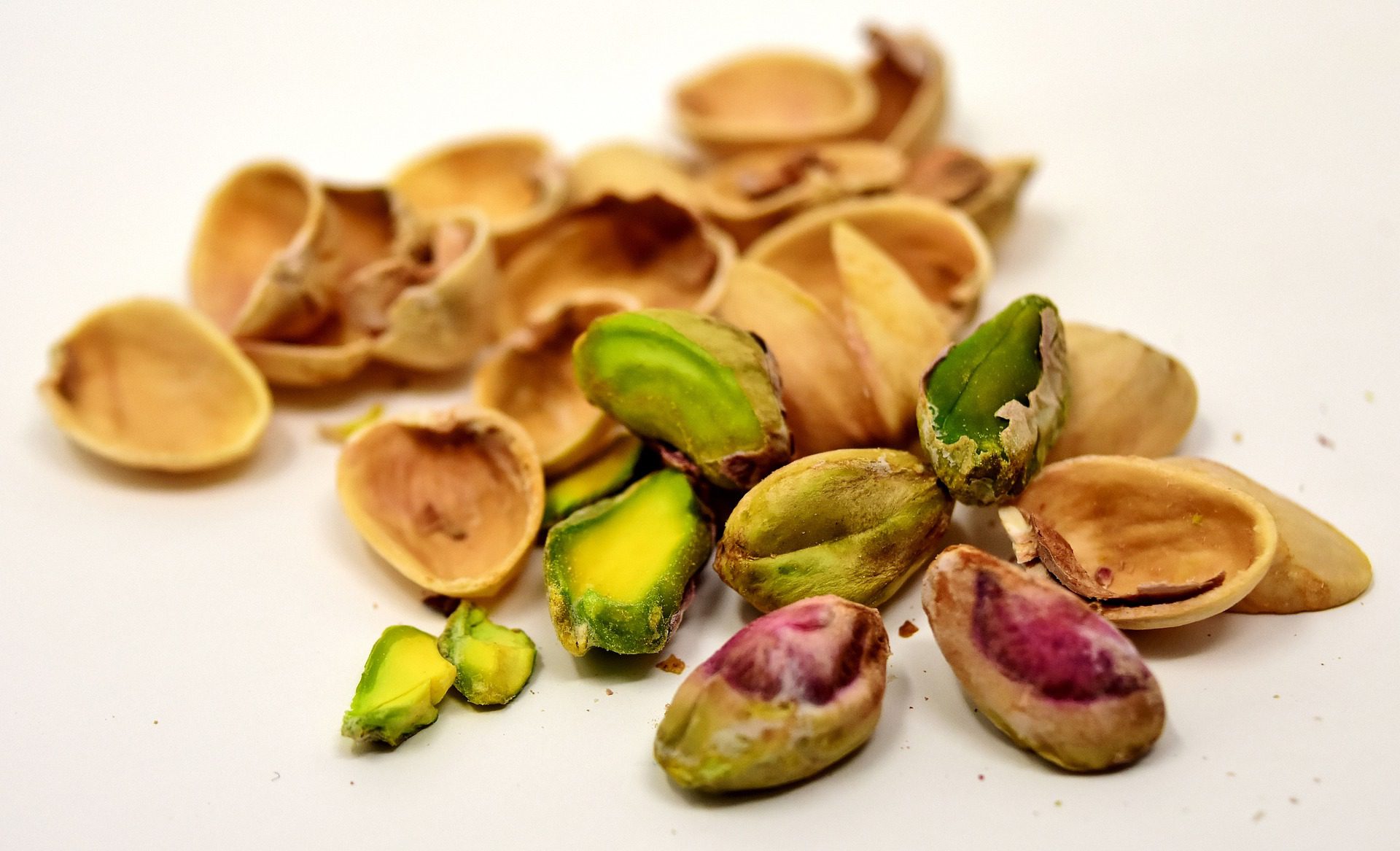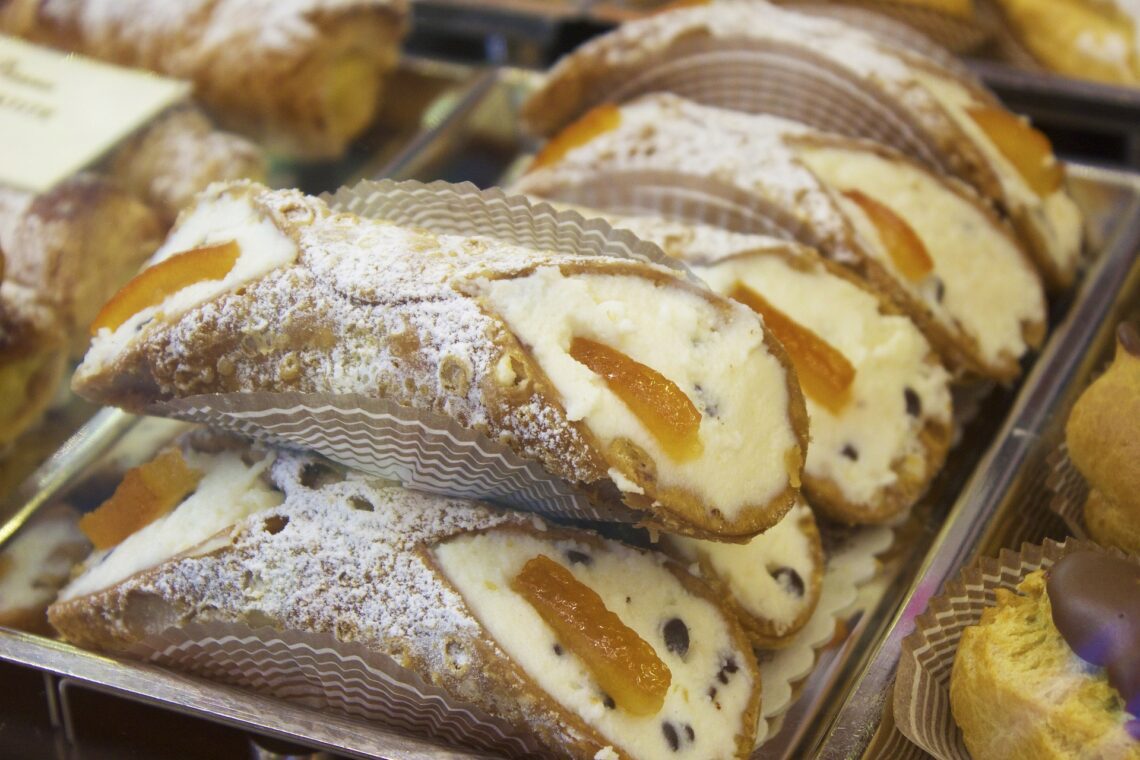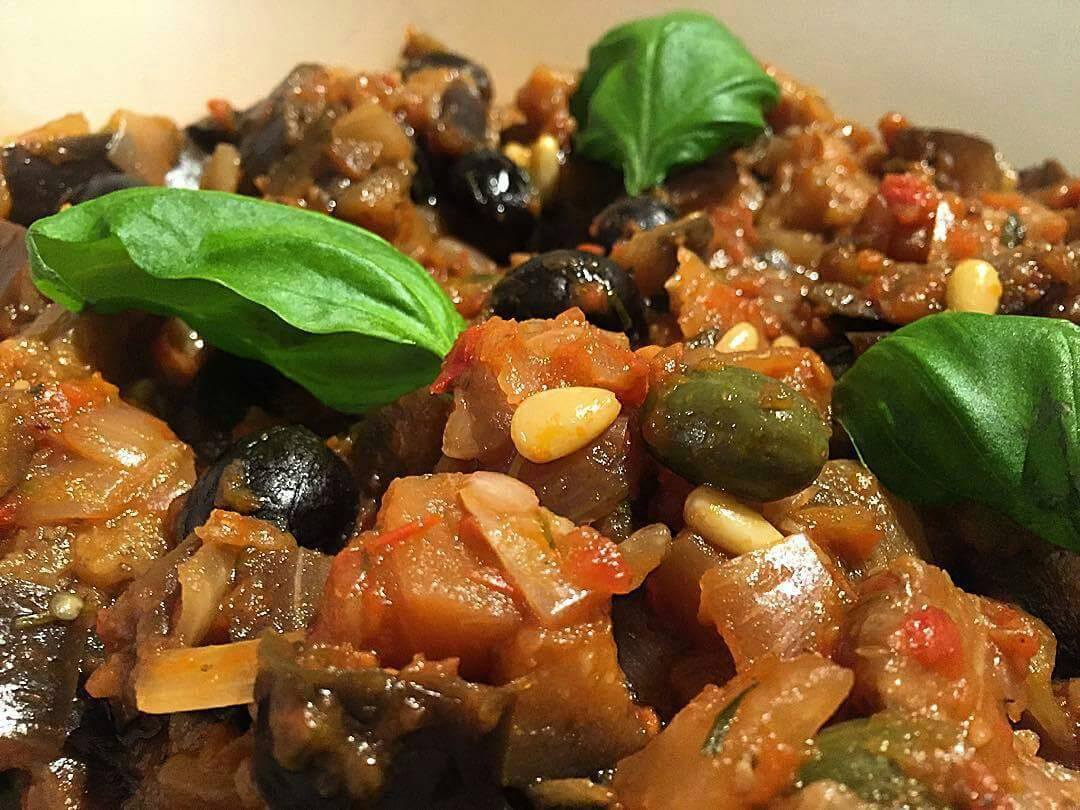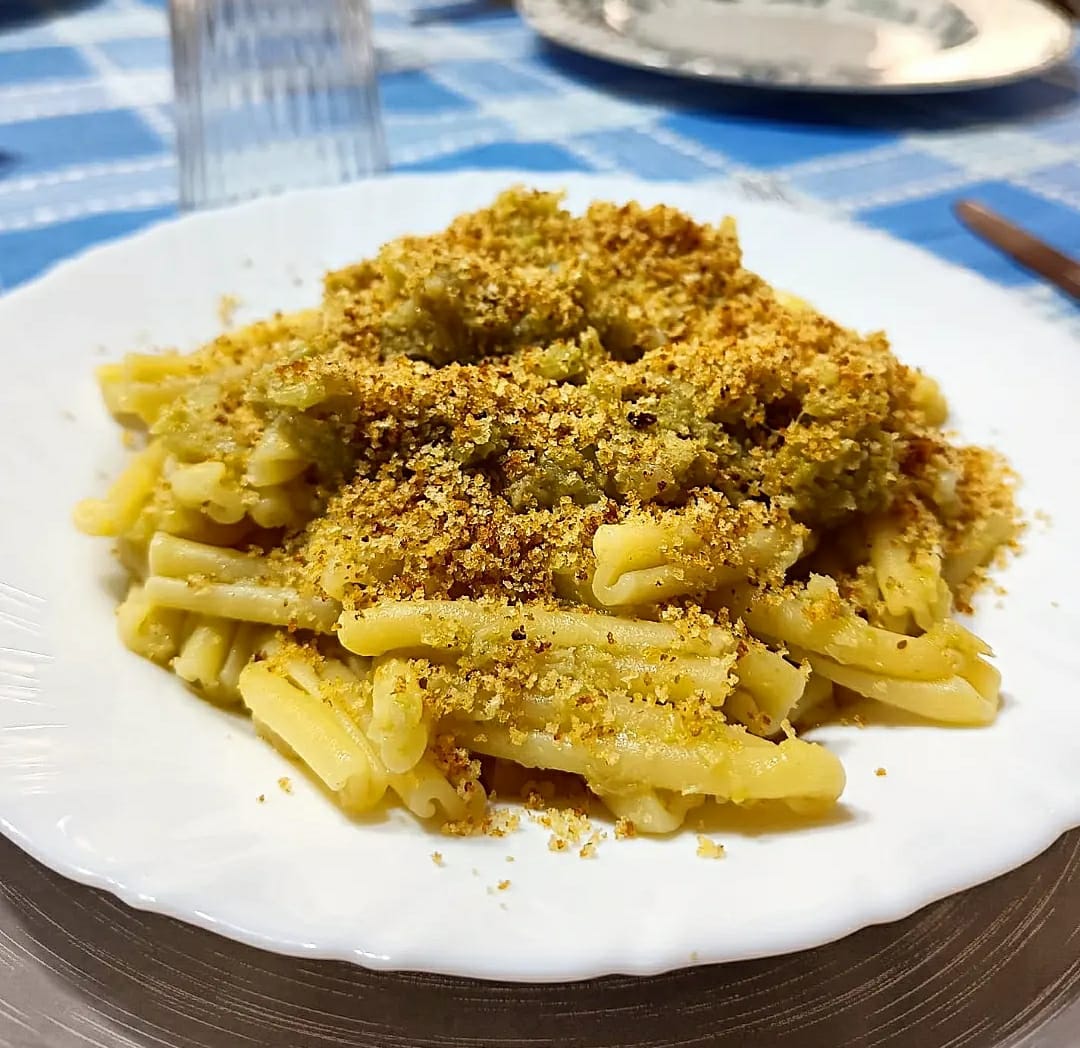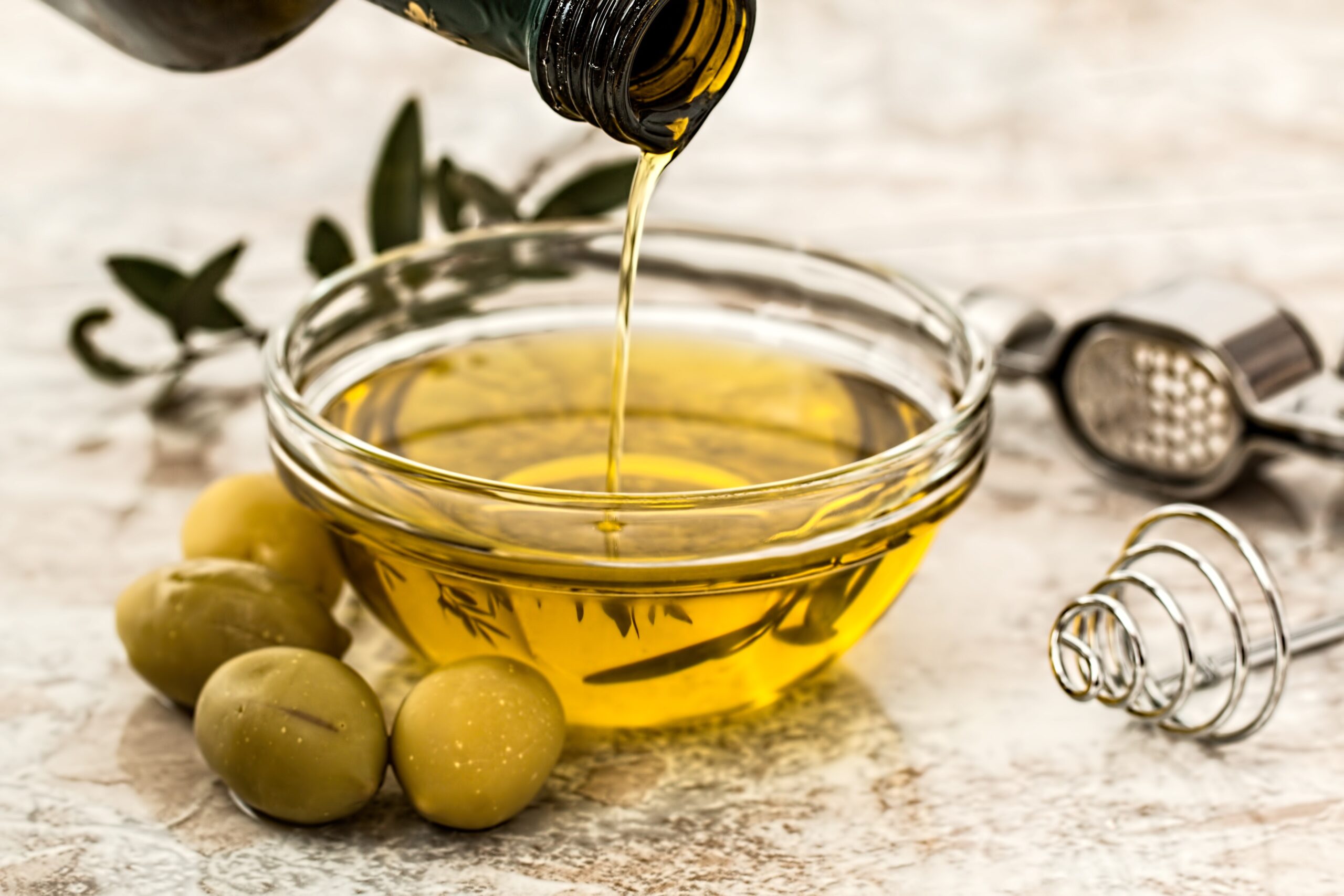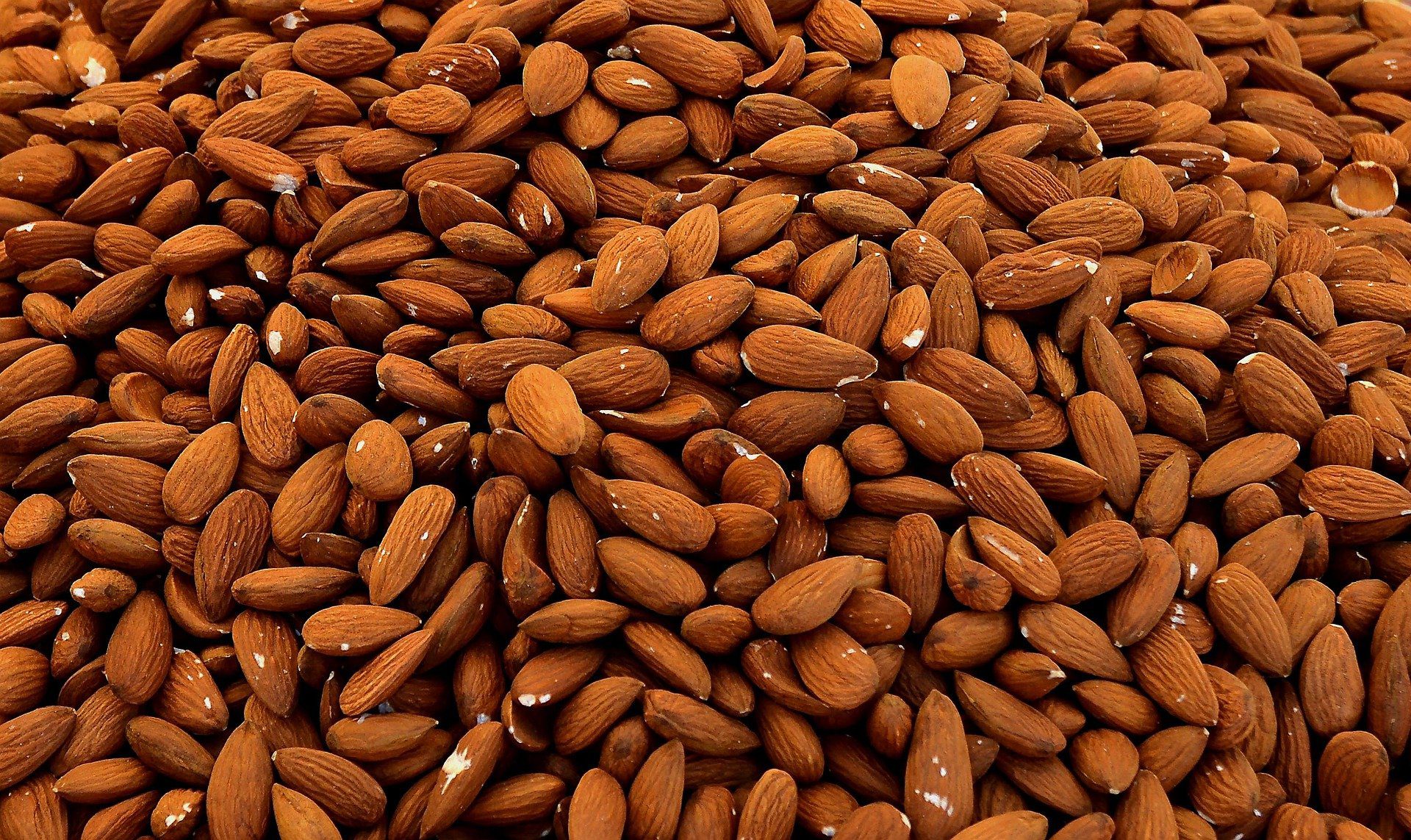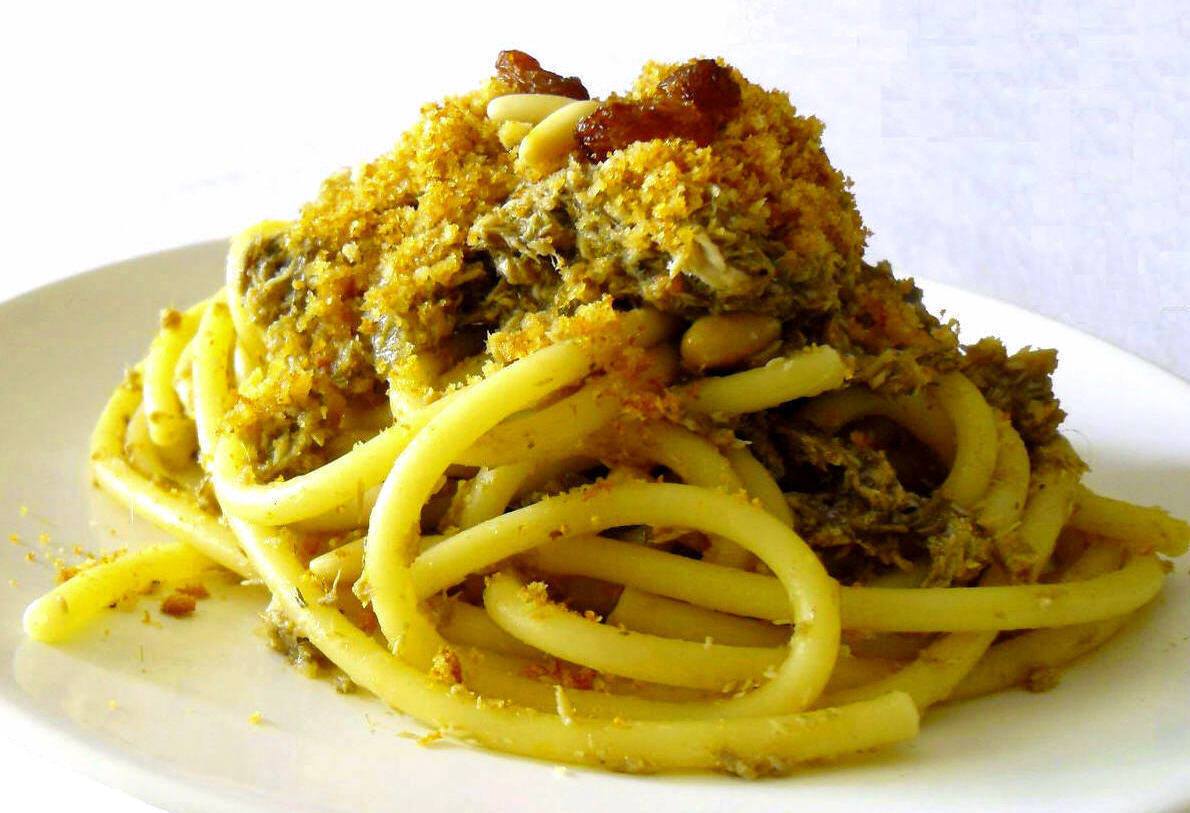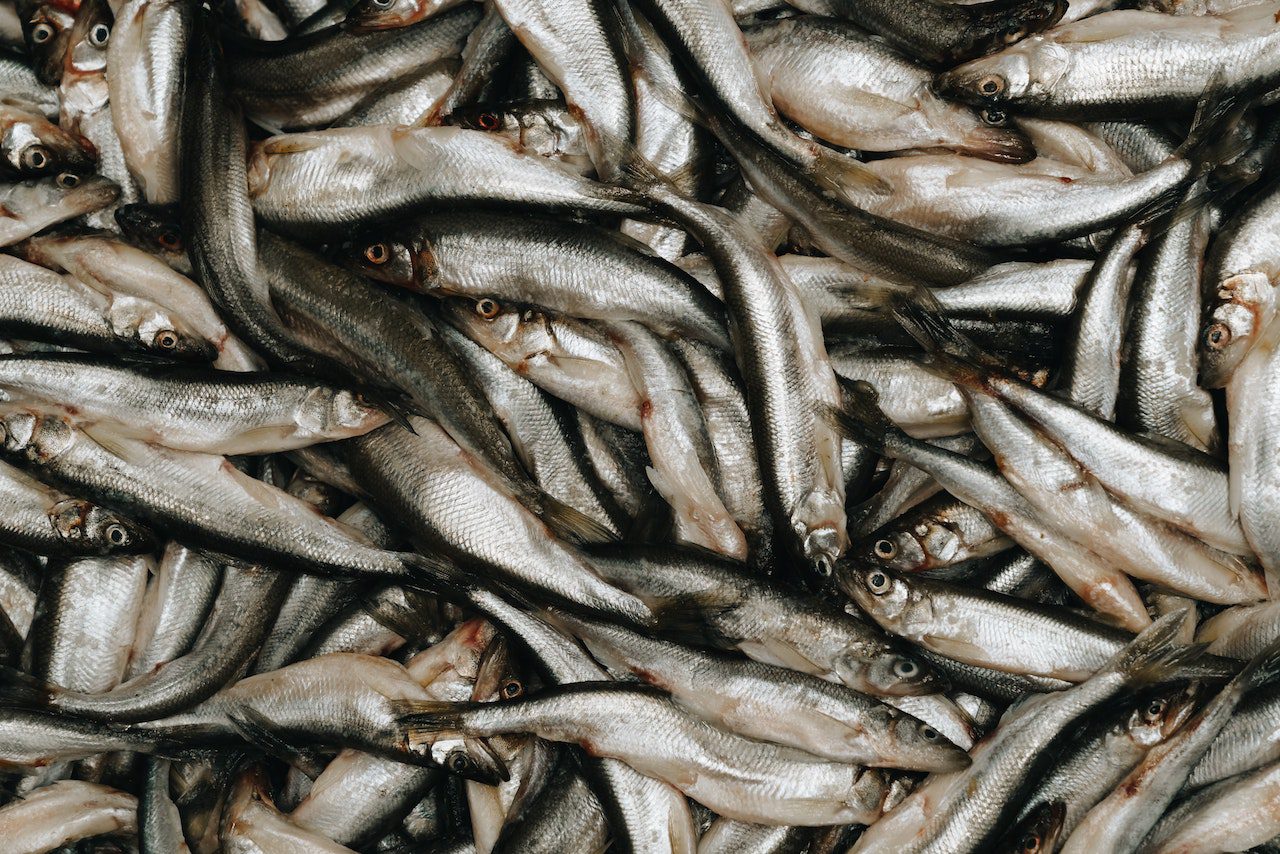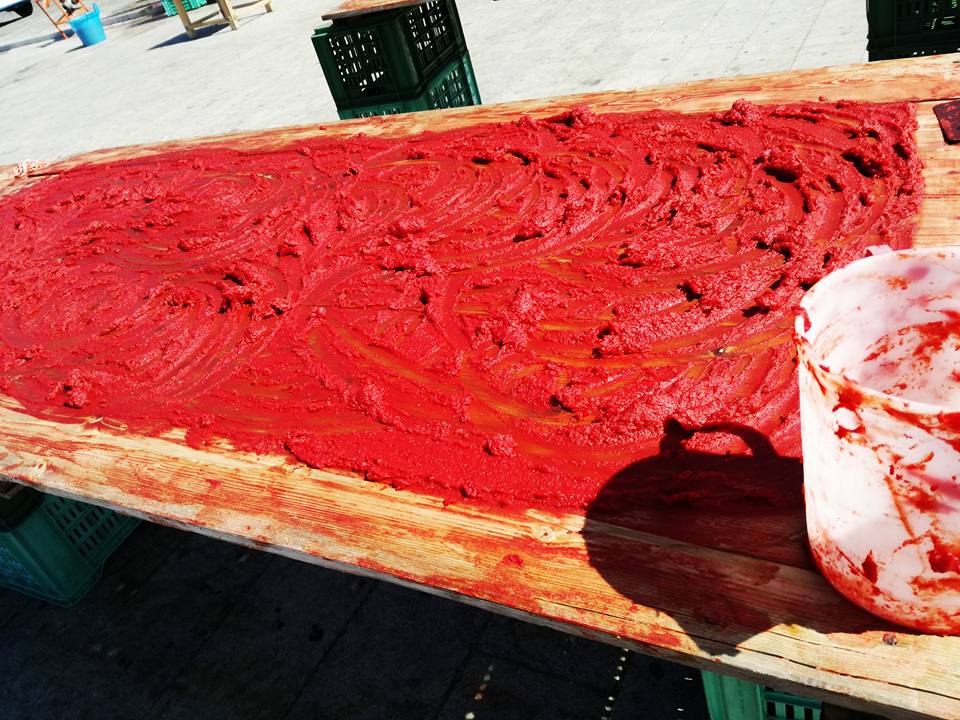The Bronte Pistachio is one of the most important ambassadors of Sicily’s imagine in the world. Pistachio is one of the plants cultivated with the most ancient origins in Sicily. Its name has a Greek derivation (pistekion) and later Latin (pistacium), but it was actually the Arabs who brought it and spread it in Sicily. Due to its Arab origins it is common to hear the Sicilians call the pistachio “frastuca”, a term that derives from the Arabic “fastuq”.
Pistachio is a food that lends itself to various sweet and savory preparations, in fact we find it both as a pesto sauce for pasta and as a typical dessert, for example ice cream, pistachio cream and pistachio chocolate.
The Bronte pistachio is of the highest quality compared to other varieties of pistachio; it grows on lava soil, dusty and arid, in conditions that could normally be hostile to other plants. The Bronte pistachio is also called “green gold” not only for its high commercial value and quality, but also for the difficulty of harvesting.
Pistachio is a plant that grows slowly, only ten years after its grafting can the harvest be carried out, which takes place twice a year and only in odd years. The difficulty of harvesting is given precisely by the soil in which it grows which prevents the use of specific agricultural machinery, which is why the harvest is done by hand.
The collection of the Bronte Pistachio
The Bronte pistachio harvest involves several phases, the first is the “unbundling” in which the collectors collect the fruits from the plant by dropping them into baskets that they carry on their shoulders. At this stage it is important not to drop the fruits out of the basket as it would be impossible to pick them up due to the mostly steep lava soil.
The second phase involves the removal of the husk, that is the shell that covers the pistachio and makes it unrecognizable; the pistachio in fact does not seem what we are used to seeing, but almost a grape, only later will the shell with a woody appearance be seen.
After the second phase there is that of drying which takes place according to completely natural methods and therefore slower than modern ones. Pistachios are spread on nets under the sun for two or three days so that they dry properly.
The penultimate phase is that of shelling which previously took place manually, while now machines are used to help speed up the process. It happens that some pistachios are still covered by a thin purplish film, in this case we proceed to peel them.
The last phase is that of packaging and quality control which is carried out by optical fiber machinery and subsequently by qualified personnel.
Every year, on the last Sunday in September and the first Sunday in October, the Pistachio Festival is held in Bronte. During the festival, pistachio products and the fruits themselves can be tasted and bought. Every year the event attracts thousands of Italian and foreign tourists.

